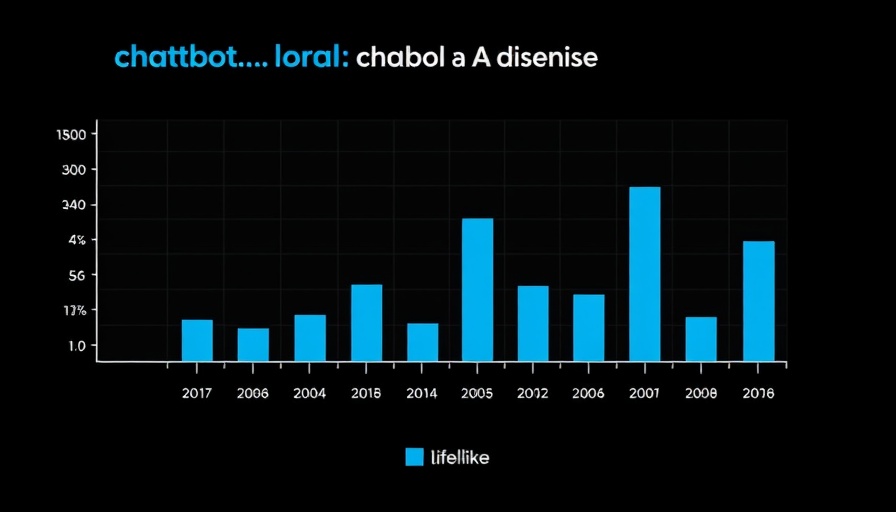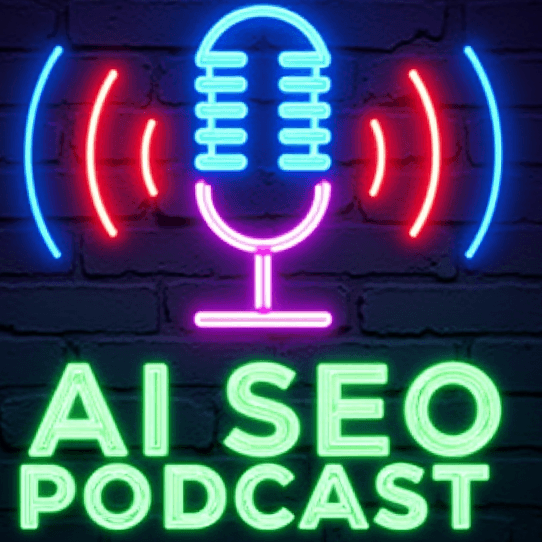
Grok 3 vs. ChatGPT: An In-Depth Look at AI’s Heavyweights for Businesses
The rise of artificial intelligence (AI) models has forced businesses, especially small owners and marketing professionals, to rethink their strategies and tools. Recently, Grok 3 has emerged alongside ChatGPT, both vying for the title of the best Large Language Model (LLM) on the market. So, how do these AI contenders truly compare, and what does this mean for your business? Let’s break down their features, strengths, and where they best serve small businesses and marketing agencies.
Understanding the Players: Grok 3 and ChatGPT
Grok 3, developed by xAI and released in February 2025, boasts significant advancements in real-time data processing and reasoning capabilities. In contrast, ChatGPT, developed by OpenAI, is built on a longstanding legacy of effective text-based interactions and creative content generation. Both models address different business needs, making it crucial to identify which one aligns best with your operational goals.
Comparative Analysis: Performance Strengths
Benchmark tests show that Grok 3 excels in technical reasoning, underpinned by a robust architecture comprising 2.7 trillion parameters. Compare this with ChatGPT's more general creative capabilities, which shine in content creation but can struggle with technical tasks. Grok 3 achieved an impressive 93.3% on the AIME 2025 mathematical assessments, showcasing its prowess in STEM fields. Conversely, ChatGPT, while effective in creative writing, offers less transparency on its directly measured capabilities.
Feature Windows: Real-Time Data and Accessibility
One standout aspect of Grok 3 is its DeepSearch mode, allowing users to pull real-time data from the web and integrate insights instantly. This is particularly advantageous for marketers and small business owners looking for timely insights on market trends or situational analysis. On the other hand, ChatGPT provides a free tier, making it more accessible for those just starting with AI operations, while still offering efficient performance across various applications.
The Pricing Dilemma: Which Model Fits Your Budget?
Pricing plays a pivotal role in decision-making, especially for small businesses. Grok 3's starting price of $30/month for its SuperGrok plan contrasts sharply with ChatGPT’s $20/month for its Plus model, making it a crucial factor for cost-conscious marketers. While Grok 3 offers advanced capabilities, small business owners should evaluate whether the additional features provide sufficient return on investment.
Use Cases: Tailoring AI Solutions for Your Business
Determining the operational focus can help clarify which model serves your business needs best. If your activities are primarily content-driven, such as blogs, social media, or marketing communications, ChatGPT’s creative abilities are more aligned with those requirements. Alternatively, for those involved in technical fields like engineering or data analysis, Grok 3’s capabilities in addressing complex problem-solving can significantly enhance workflow efficiency.
Future Outlook: Adapting to Rapid Innovations in AI
The competitive landscape for AI solutions is only set to gain momentum. Both Grok 3 and ChatGPT are continuously evolving, which emphasizes the need for small business owners to stay updated on advancements and new functionalities. As AI technology progresses, enabling integrations with existing platforms may become a critical factor for operational efficiency.
Final Thoughts: Choose Wisely for Your Business
Ultimately, the decision between Grok 3 and ChatGPT hinges on your specific use cases and budget constraints. Businesses specializing in branded content may find greater value in ChatGPT’s user-friendly platform, while those engaged in technical tasks may leverage Grok 3’s detailed analytical capabilities. As you navigate this landscape, remember: the best tool is the one that aligns with your vision and operational strategy.
Ready to embrace the AI era? Explore how Grok 3 or ChatGPT can revolutionize your marketing strategies and automate your workflows. The future of AI is now—a step into this world can mean remarkable efficiencies and insights for your business.
 Add Row
Add Row  Add
Add 




Write A Comment